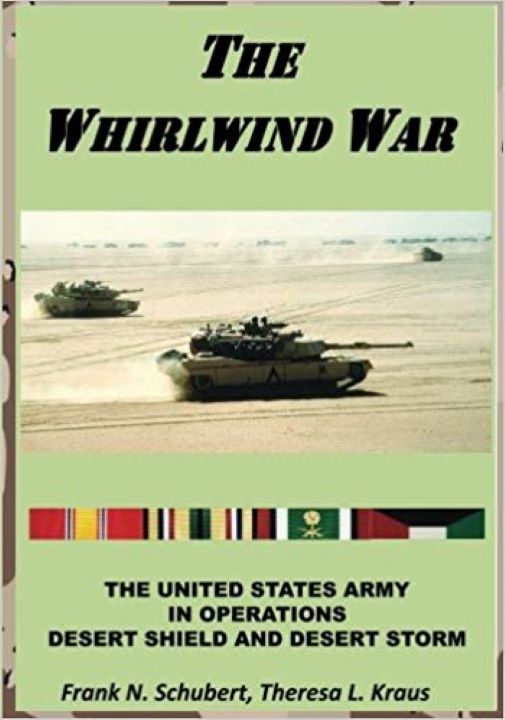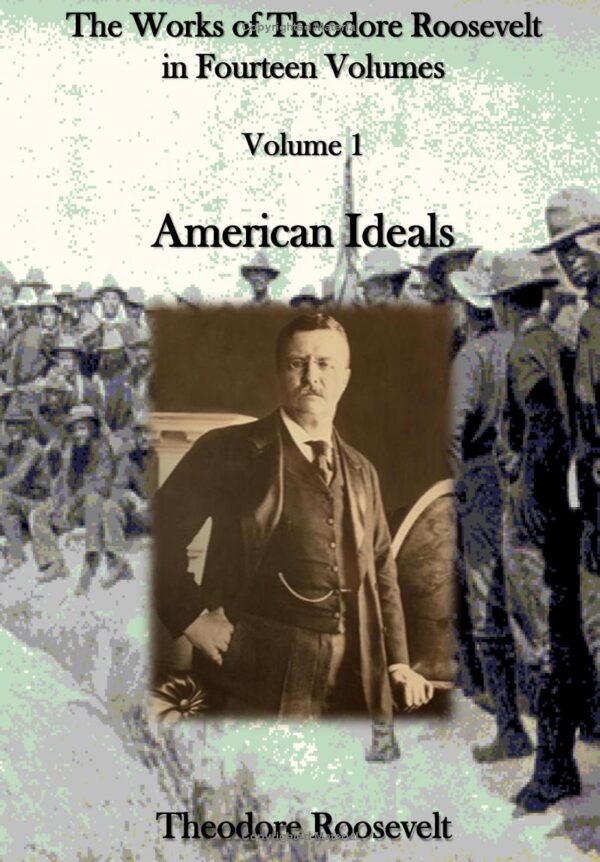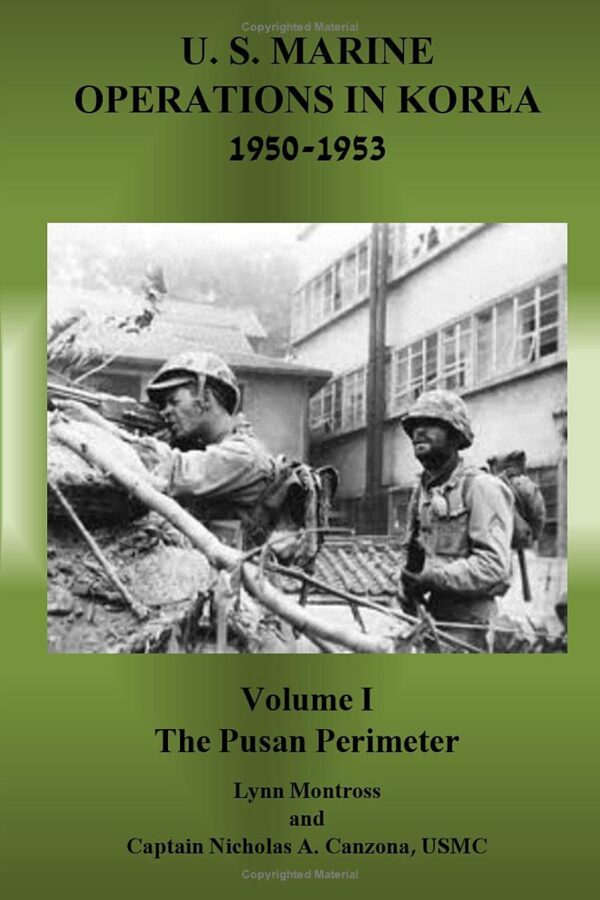The Whirlwind War: The United States Army in Operations Desert Shield and Desert Storm
ln 1990-1991 an international coalition reversed the results of Iraqi aggression against Kuwait. The United States provided the bulk of the forces arrayed against Iraq, with the U.S. Army contributing the greatest portion of the ground force. Successful participation in this historic endeavor marked both an end and a beginning for the Army. At an end was the long and sometimes arduous transition from the Vietnam-era Anny. What emerged was a small, superbly equipped, highly skilled, well-trained, and extremely mobile force, composed of units from the active and reserve components. Its overall excellent performance in Southwest Asia reflected the attention that successive Army Chiefs of Staff had paid to leader development-the effort to professionalize the services officer and noncommissioned officer corps. In this major test, the Army clearly demonstrated that it could project its power effectively. One of the resounding lessons for the Anny in Operations DESERT SHIELD and DESERT STORM was that it could operate as pan of a multinational force with great success. Even as these operations were taking place, the Army addressed those steps necessary to prepare for its critical role as a key member of America’s armed forces of the future. The Whirlwind War tells the story of this pivotal chapter in the Army’s history. It shows the various strands that came together to produce the Army of the 1990s and how that Army in turn performed under fire and in the glare of world auemion. Drafted soon after the end of Operation DESERT STORM, the book retains a sense of immediacy in its approach. Yet the manuscript also went through a series of reviews, and the maps were subsequently carefully researched and compiled as original documents in their own right. The result is a volume that takes its place in the first round of the historical analysis of the events described. More definitive studies will undoubtedly follow, as ever more documents are assessed. But this book is intended to bridge that gap.
330 pages





